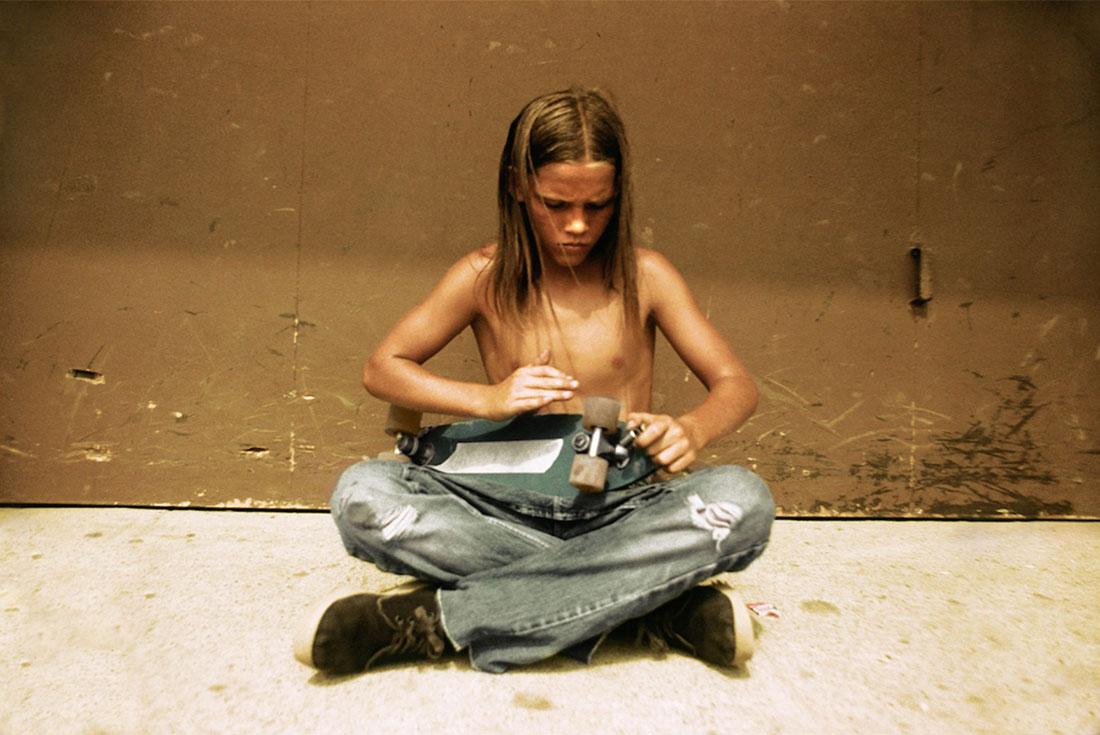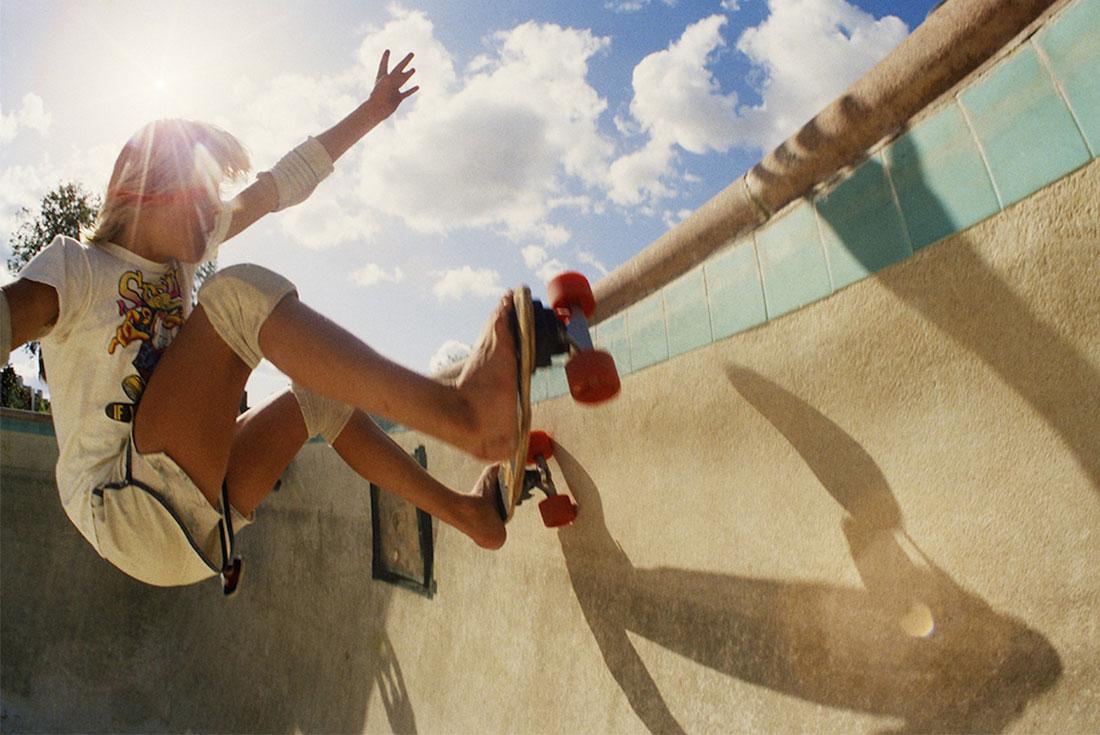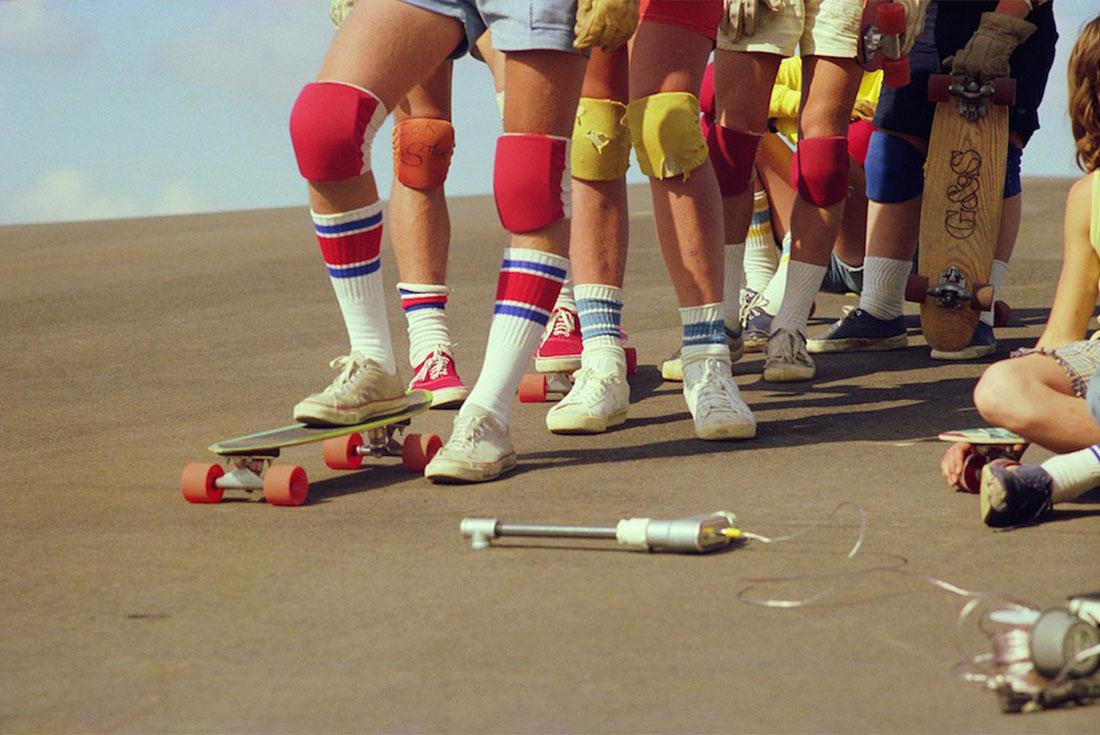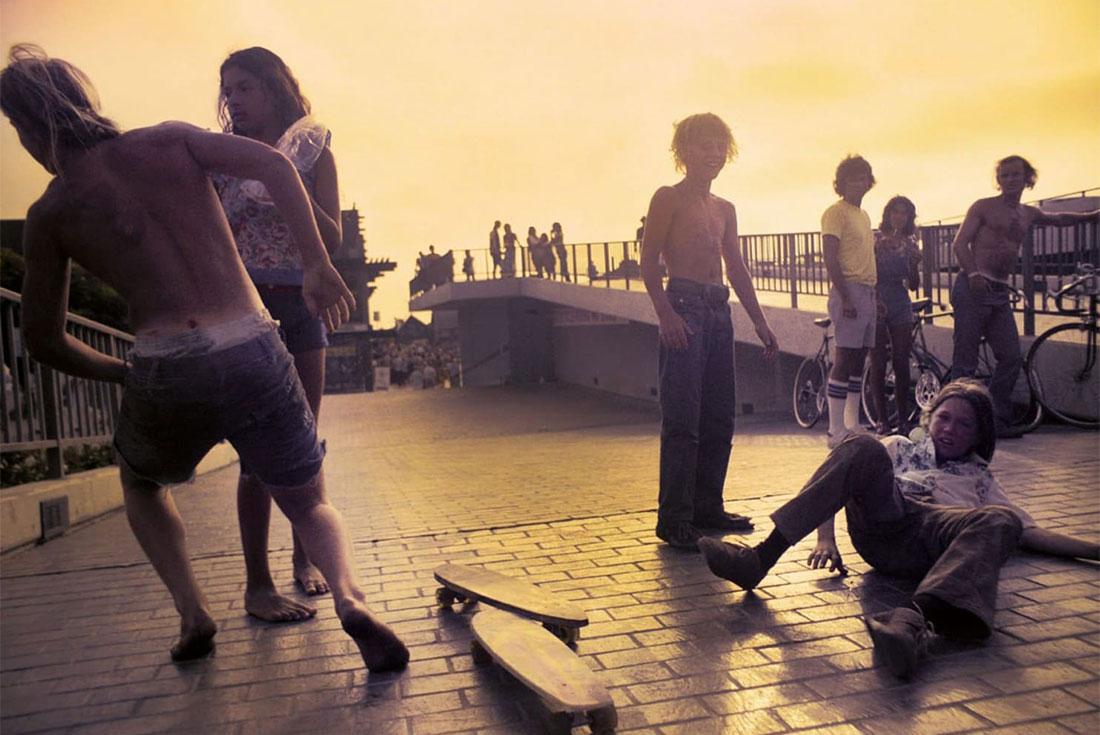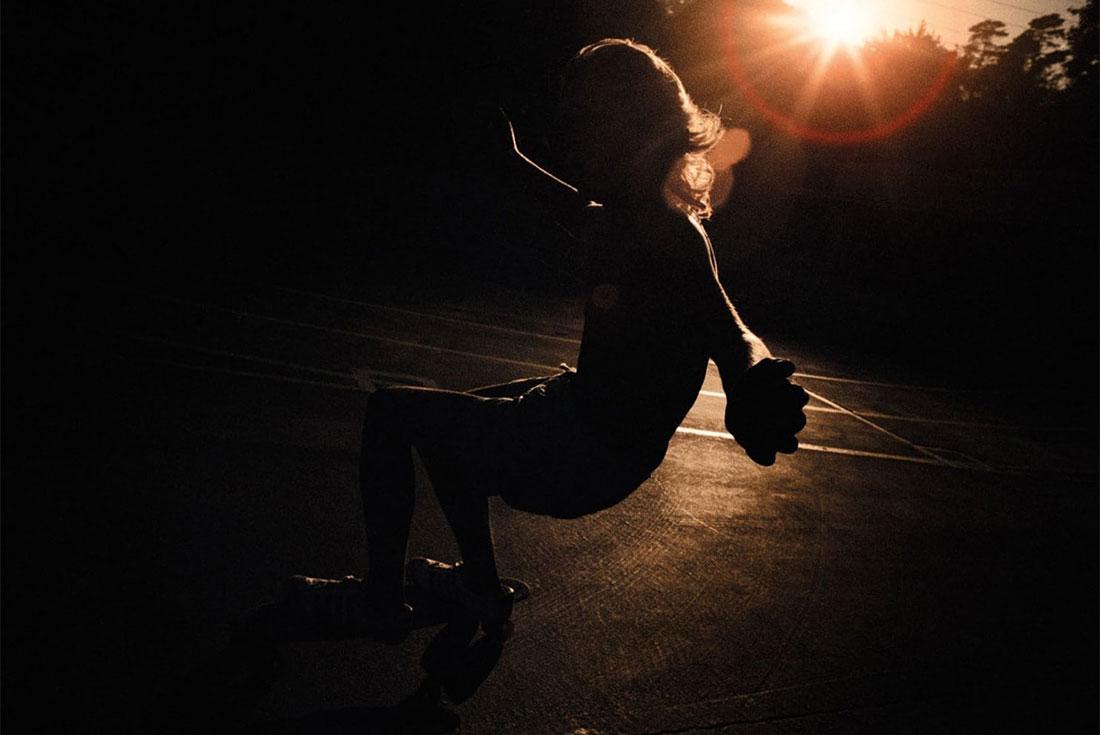Sneakers That Defined California's 1970s Skate Scene
Between 1976 and 1977, California was dry; really dry. The sun-kissed state stretching 900 miles along the Pacific was hit by the worst drought in a century — draining swimming pools, and scorching drainage ditches. But despite causing economic damages placed around the $1 billion mark, the extreme weather conditions in Cali managed to breathe more life into a new cultural phenomenon breaking toes and grazing knees across the San Francisco Bay Area: Skateboarding. Empty swimming pools, schools and ditches were carved up by sneakers like the Randy 720, Keds Park Plus, #44 Vans, Blazers and Bruins. All across California, these were the sneakers that defined skateboarding.
